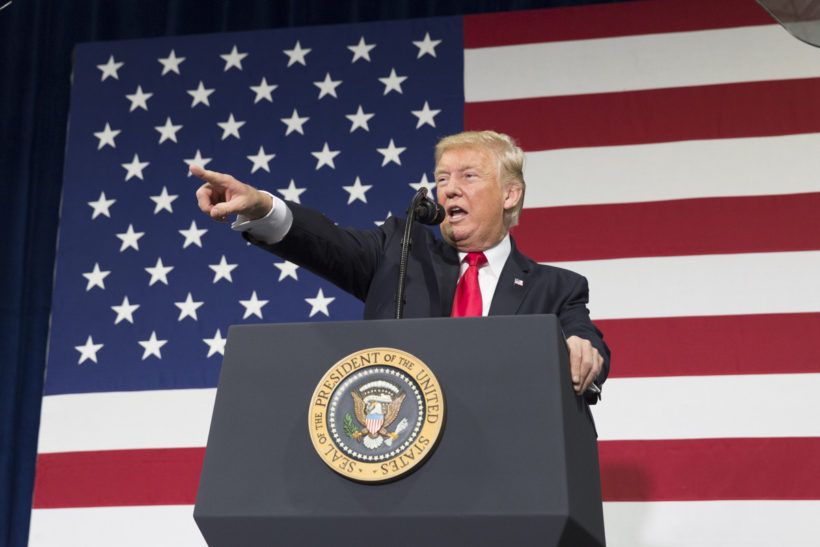Are the tariffs on Mexico that Donald Trump promised to impose if Mexican President Claudia Sheinbaum does not stop an “avalanche of criminals and drugs” in the United States a real risk or could they remain a mere threat?
As in many of his previous statements, Trump is ambiguous in his approaches and makes proposals as flashy as possible in the proselytizing context.
“Mexico is invading us, but now we have a new president in Mexico. She is supposed to be a very nice woman, so they say. I don’t know her. And I’m going to inform her on or before day one that if they don’t stop this flood of criminals and drugs coming into our country, I’m going to immediately impose a 25% tariff on everything they send into the United States of America,” Trump said at a rally in North Carolina.
While Mexico has achieved greater productive and commercial integration with the United States, being in 2023 and 2024 its first trading partner, it faces serious challenges in the area of public security and organized crime.
Tariffs on Mexico
At the same rally, Trump stated that his decision to raise tariffs on Mexico to 25% had “a 100% chance of success.”
In 2021, femicides (selective murders of women) increased by approximately 137% compared to 2015 levels. In addition, other violent crimes have emerged on a regular basis, such as forced disappearances and kidnappings. Currently, the estimated number of missing persons in Mexico exceeds 112,000. Most of these cases have been reported since Calderon took office.
Mexican transnational criminal organizations have struggled to meet the demand for drugs in the United States. At the same time, they engage in other illicit activities, such as human trafficking, fuel theft, arms trafficking and money laundering.
A 2021 Government Accountability Office report revealed that approximately 70% of the firearms recovered in Mexico originate in the United States.
On the other hand, a Treasury Department report indicates that bulk money smuggling continues. However, transnational criminal organizations now launder drug profits through complex schemes. Some of these schemes involve Chinese companies and money traders.

